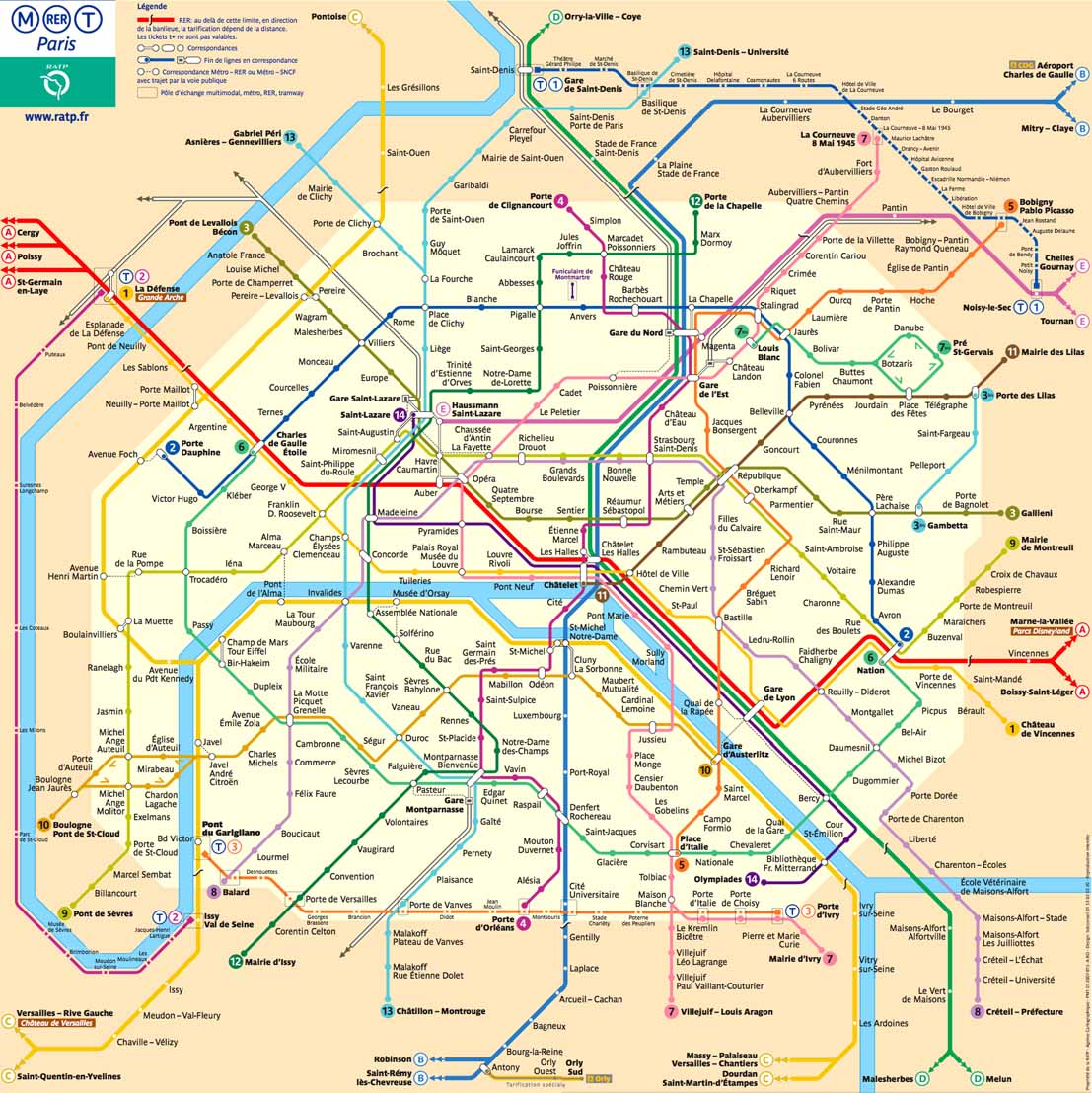 |
| Courtesy of metropolismag.com |
Actually, the famous landmark in New York that has been making urban designers and city folks around the world ooh and aah should more rightly be attributed to the Paris Promenade Plantée, which sits upon the Viaduc des Arts. And in fact, I would say that Paris's older version is better.
While that might seem like a crude, sweeping judgment, my case lies not in what lies in plain view, but rather in what lies underneath. Part of the re-imagining of the Paris Viaduc des Arts was to create a space underneath the park that could be used for commercial and community purposes.
Underneath the arches of the old train tracks, the spaces were transformed into ateliers and viable commercial spaces. This kind of innovation (reusing old structures for new purposes) is seen all throughout Paris and Europe: many an old factory or warehouse has been turned into a museum or an institute, and the old Haussman apartments from the 1800s are still in good use today, with interiors that are fully updated to modern standards. Instead of automatically tearing down old buildings, Europeans tend to also consider re-using what still works. Of course, Europeans also tend to build buildings for longer than 30 year life spans. (ehhhem.)
Sometimes the constraints which seem to impede actually let creativity flourish. In Europe and Asia, due to the lack of space, designers have come up with all sorts of ways to make the most of it. The key: efficiency and multifunctionality.
 |
| A view from the Promenade: the apartments on either side date back to the 1800s. Notice the little church squeezed in too! |
 |
| Courtesy Google |
Concrete paving, fenced off areas, and dark corners. That's also a lot of wasted space. Now I know that the High Line actually goes over and through a number of different buildings, but there are still a lot of dull, underutilised areas underneath the structure. Put something there! Make it a part of the High Line experience! Put a commercial pedestrian street, or a lighted bike route, or make it a plaza for local markets (again an idea from Paris: will talk about it in the future), or make it a skate park, or put affordable housing! But just do something. You might say that the constraints are too difficult, that nothing will be cost-effective underneath; forget that thinking. Europeans (and Asians) have been dealing with much worse constraints and have come up with some of the most creative ideas for re-use that have been cost effective, socially equitable, and sustainable.
We've already got the 'high' of the High Line, with the pretty park and the views of the skyline, but now we need the 'line' of the High Line: the lines that connect the park with the community. No crimes have been reported yet on top of the viaducts, but what about underneath? The attention is being well paid to the surface of the high line, but underneath the structure tells a different story of neglect and inattention to a project's context within the community. The High Line misses out on what the Promenade Plantée does so well: The Promenade is not just a place of respite and a location in itself, but it also connects itself to street level and the life there.
That's why the Promenade Plantée is better.










